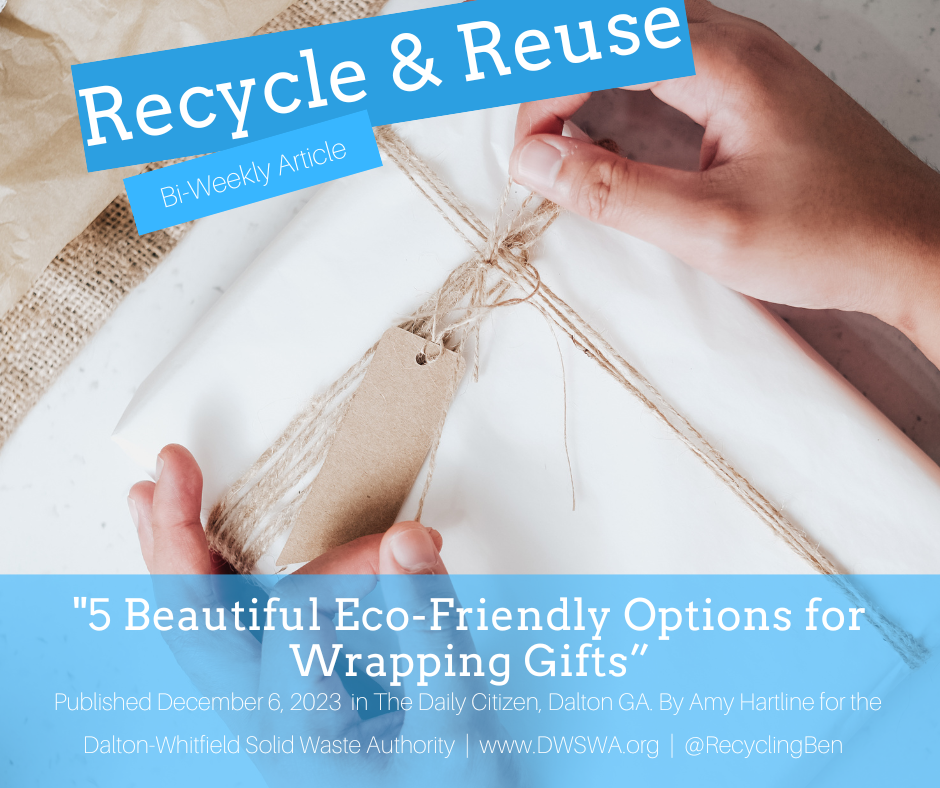Celebrate Halloween by Learning About Bats
/Next week will be international bat week! Right in time for spooky season, we can learn about these fascinating nocturnal creatures that are close to home. There are about 1,300 species of bats around the world. The state of Georgia is home to 16 species, including the Little Brown Bat, one of the most common in our region.
Vampire Bats are typically the bats that can spook people because they do drink blood. However, animals do not even usually notice the vampire bats that attach to them and do not end up harmed or sick from them. If you are still worried about them, know that they are not native to the area like the Little Brown Bat. They live in Central and South America.
Though most bats in our region are small in size, they have a huge appetite. Some bats can eat as many as 1,200 insects in one hour. The insects consumed are most often mosquitoes which may carry diseases like West Nile Virus, or even moths, and beetles that may harm crops. As a result, bats keep the eco-system in check, protect our health, and our food sources.
Bats are also pollinators spending some of their time pollinating flowers or spreading seeds that grow new plants and trees. Foods that depend on seed dispersal by bats include cashews, papaya, figs, guava, and bananas. Agave, guava, and bananas also rely on bats to help pollinate their flowers. While rice, walnuts, sugar, and chocolate depend on bats to provide pest control by consuming damaging insects.
According to Bat Conservation International (www.batcon.org), “Bats are often considered “keystone species” that are essential to some tropical and desert ecosystems. Without bats’ pollination and seed-dispersing services, local ecosystems could gradually collapse as plants fail to provide food and cover for wildlife species near the base of the food chain.”
While bats may have a reputation of being rather frightful, a world without bats is even more so. There are actually several factors affecting bats right now, resulting in declining populations and the classification of some bat species as threatened or endangered. The biggest threats include habitat loss from deforestation and human disturbances and deaths from disease – specifically “white-nose syndrome”.
At www.batweek.org you can find more ways to help bats with simple, everyday actions that can be done at home. For example, you
can turn the lights out, especially at night, to help reduce light pollution that affects insects and bats alike. Families can also make recycling a part of their daily routine. Litter, trash in the wrong place, and increasing amounts of garbage are hurdles to healthy environments for wildlife.
At home, you can plant a garden with flowers and food to attract insects that are food sources for bats. Be sure to include a water feature like a bird bath or small pond. Keep the water in the birdbath fresh to reduce the number of mosquitos.
If you’re crafty you could build a bat homes which is a safe area for bats to rest in. They are very similar to birdhouses which you have probably seen, but are specially built for bats. BatCon.org offers easy to follow instructions to build your own in the resources section of their website.
Children and adults may be able to participate in citizen science projects related to bats. Citizen science allows the general public to help scientists gather data on a variety of topics from when plants are in bloom to sightings of particular animals. Bat Detective (www.batdetective.org) for example, has individuals help them identify bat calls which were collected out in the field. iNaturalist.org facilitates the collection of sightings of wildlife. Through the service the National Park Service is collecting sightings during Bat Week.
































